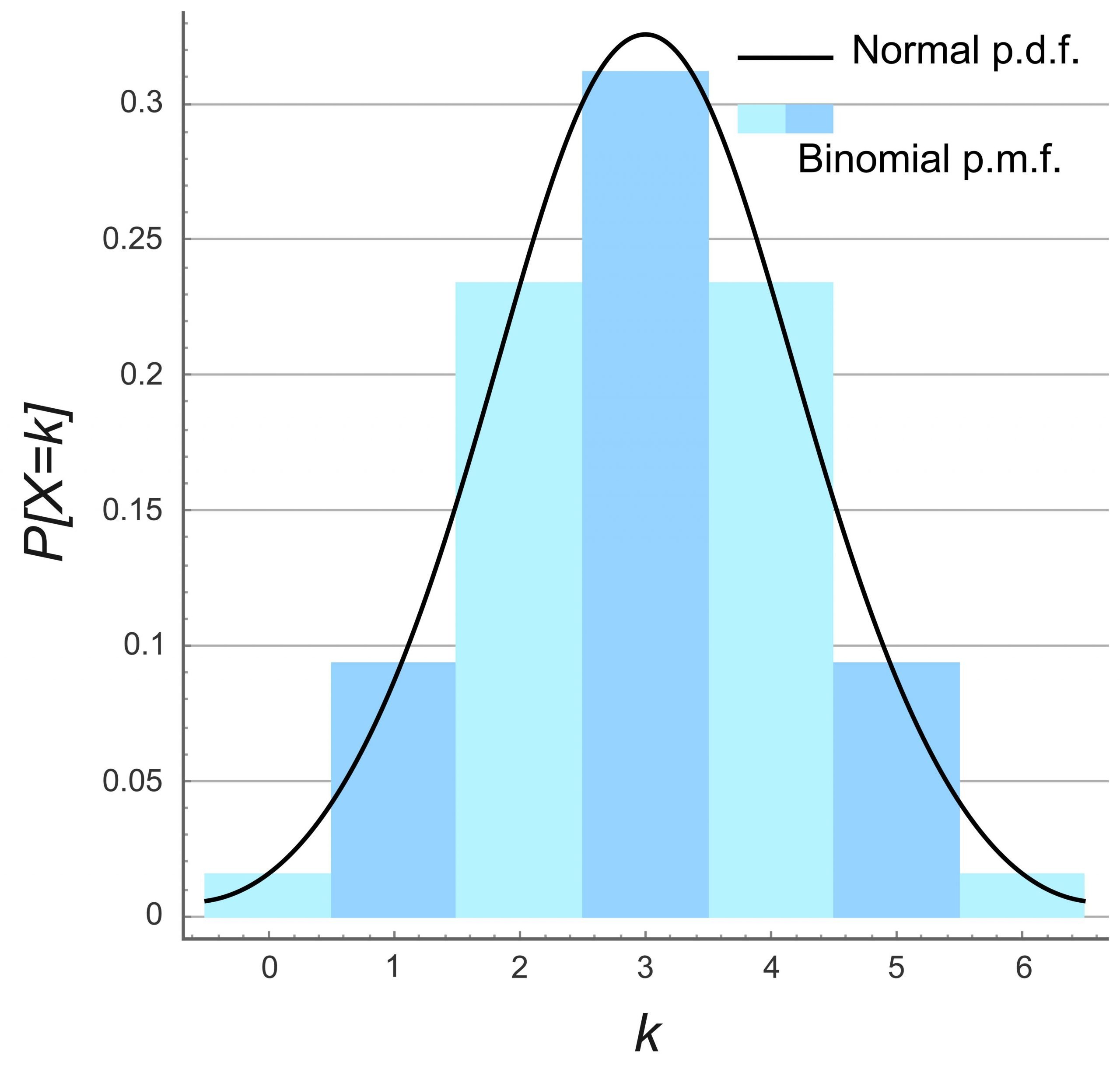The world is rife with uncertainty—a realm where the unpredictable dances impetuously with the determinate. Imagine, if you will, embarking on a treasure hunt. Every decision feels pivotal, each choice a fork in the path toward fortune or failure. Such is the essence of a binomial experiment, a fascinating exploration of probability wherein outcomes are either a success or a failure, akin to the thrill of unearthing hidden gems buried beneath mounds of sand.
In the realm of probability theory, what precisely constitutes a binomial experiment? It is a process characterized by a fixed number of trials where each trial yields just two possible outcomes. These “riches,” if you will, are often denoted as a “success” (let’s say you found gold) or a “failure” (the treasure chest is empty). To illustrate this concept, envision tossing a coin. With each flip, the potential outcomes remain limited to heads or tails, echoing the simplicity yet profundity of the binomial setup.
Now, let’s delve deeper into the elements that encapsulate a binomial experiment. Firstly, the number of trials, denoted as ( n ), must be predetermined and finite. Like our treasure hunt with specific stops, our journey cannot exceed a certain number of attempts. Next, we consider the probability of success, represented by ( p ). This probability breathes life into the experiment, like the lure of a compass guiding you toward your treasure. Conversely, the probability of failure is denoted as ( q ), where ( q = 1 – p ). These probabilities remain constant across trials—an unwavering certainty amid the tempest of chance.
A quintessential aspect to explore is the binomial formula itself, which serves as the mathematical compass navigating us across the vast ocean of possibilities. This formula is articulated as follows:
P(X = k) = C(n, k) * p^k * q^(n-k)
Here, ( P(X = k) ) signifies the probability of achieving exactly ( k ) successes in ( n ) trials. The term ( C(n, k) )—a binomial coefficient—calculates the myriad ways to arrange those successes among the n trials. The expressions ( p^k ) and ( q^{(n-k)} ) denote the probabilities attached to the successes and failures, respectively, crystallizing our understanding and allowing us to articulate the probabilities of complex scenarios.
Let’s unpack this with an illustrative example—an expedition to reveal the underlying beauty of binomial distribution. Imagine a scenario where you embark on a quest to uncover hidden treasures in ten consecutive coin flips. Your treasure map—the coin itself—has a 60% probability of landing heads (your fortune). Each trial is independent, much like how every twist and turn in your journey carries its own potential for success.
Using the binomial formula, we can calculate the probability of finding exactly six heads (successes). Here, ( n = 10 ), ( k = 6 ), and ( p = 0.6 ). The coefficient ( C(10, 6) ) gives us the number of combinations in which we can achieve those six successes amidst our ten trials. Armed with this knowledge, we compute:
1. Compute ( C(10, 6) ) which results in 210.
2. Calculate ( p^6 = 0.6^6 ) yielding approximately 0.46656.
3. Calculate ( q^{(10-6)} = 0.4^4 approx 0.0256.
Putting it all together, we find:
P(X = 6) ≈ 210 * 0.46656 * 0.0256 ≈ 2.5599
Thus, the probability of uncovering exactly six heads is roughly 25.59%. This percentage, much like a glimmering gold coin under the sun, offers insight into the probable fortunes awaiting our intrepid adventurer.
Yet, what makes the binomial experiment particularly enticing is not merely the hunt for certainty but rather the narrative arc inherent in the ongoing saga of trials and tribulations. The variations of outcomes and their respective probabilities enable a deeper analysis: the examination of cumulative probabilities, which can reveal the likelihood of accruing at least a certain number of successes. Such explorations emphasize that every coin flip, though solitary in significance, contributes to the broader landscape of potential outcomes—an echo of life itself.
Moreover, trends within binomial distributions may reveal fascinating patterns. Investigating scenarios of different probabilities, perhaps while varying the number of trials, can unveil a rich tapestry of behavioral insights. Picture a deep-sea diver adjusting their strategy based on the feedback of previous dives, honing their approach toward the elusive treasure. Similarly, understanding how changing parameters affects outcomes in a binomial context can enhance strategic decision-making and critical thinking.
In the grand theatre of statistical analysis, we find that the binomial distribution not only serves as the stage upon which the drama of probability unfolds but also as a finely tuned instrument that allows scholars to gauge risk and reward across myriad applications—from finance to medicine, and beyond. The mastery of this concept can empower individuals to navigate complexities with the finesse of a seasoned explorer, confidently taking calculated risks and basking in the glow of data-driven decisions.
As our journey through the intricacies of binomial experiments draws to a close, it is essential to recognize that probability, in its multifaceted glory, is an art as much as it is a science. In this quest for understanding, each trial brings new lessons, shaping our perspectives and illuminating the path ahead. Let the tale of probability propel you into your expeditions, finding fortunes in the places you least expect.
